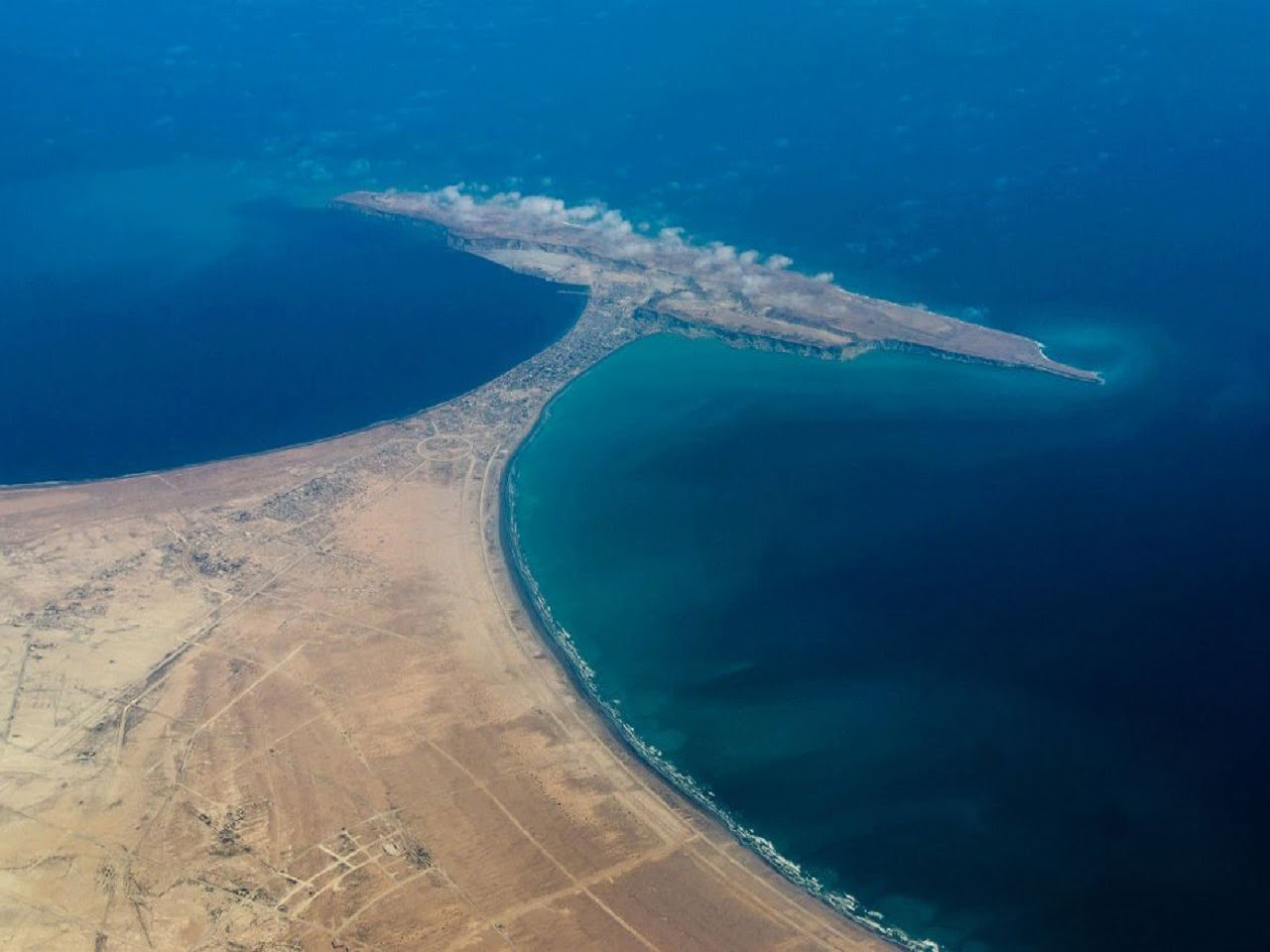
China Pakistan Economic Corridor (CPEC)
China Pakistan Economic Corridor (CPEC) is an accumulation of roads and infrastructure developments that are right now under progress all through Pakistan. Initially esteemed at $46 billion, the estimation of CPEC ventures is presently worth $ 62 billion. CPEC is expected to quickly modernize Pakistani highways network and fortify its economy by the development of: advance transportation system, various power projects, and efficient economic zones. On 13 November 2016, CPEC come to be partially functional when Chinese freights was conveyed to Gwadar Port for ahead oceanic shipment to Africa and West Asia.
An immense system of roadways and railroads are to be worked under the sponsorship of CPEC that will traverse all over Pakistan. Inefficient aspects of transportation system are assessed by the administration to cause lost 3.5% of the nation’s yearly economy. Current transportation systems worked under CPEC will interface seaports in Gwadar and Karachi with northern Pakistan, and connects north in western China and Central Asia. A 1,100-kilometer-long motorway will be worked between the urban communities of Karachi and Lahore as a major aspect of CPEC, while the Karakoram Highway amongst Rawalpindi and the Chinese outskirt will be totally recreated and upgraded. The Karachi–Peshawar principle railroad line will likewise be upgraded for the speed up to 160 kph by December 2019. This improved railroad system will then be connected to China’s Southern Xinjiang Railway in Kashgar. The assessed $11 billion required to update transportation systems will be financed by subsidized concessionary loans.
Over $33 billion worth of power sector are to be developed by private consortia to help ease Pakistan’s endless energy deficiencies, which frequently sum to more than 4,500MW, and have shed an expected 2–2.5% off Pakistan’s yearly national growth. More than 10,400MW of energy producing limit is to be brought online before the finish of 2018, with the greater part created as a major aspect of CPEC’s optimized “Early Harvest” ventures. A system of pipelines to transport condensed flammable gas and oil will likewise be laid as a component of the venture, including a $2.5 billion pipeline amongst Gwadar and Nawabshah to inevitably transport gas from Iran. Power from these ventures will principally be produced from non-renewable energy sources, however hydroelectric and wind-control ventures are likewise included, just like the development of one of the world’s biggest sun based homesteads.
All these developments are due to strategical Gwadar Port importance. Gwadar Port is a warm-water deep sea port grew mutually by the Government of Pakistan and the Government of China at a cost of USD $248 million. Prior to its improvement as a port city, Gwadar history stated it as a fishermen town.
In 2013, Gwadar Port operations were authoritatively given over to China. Under the agreement with China, the port will be additionally formed into a full-scale business port, with an underlying development speculation of $750 million. Strategically, Gwadar port maps shows that it will be capable to govern the oil sea ways and trade networks among areas such as South Asia, Africa, Central Asia, Gulf and Middle East. The port is said to be deliberately essential to China since it will empower China to all the more securely and dependably import oil. At present, 60% of China’s oil must be transported by seaways from the Persian Gulf to the main business port in China, Shanghai, a separation of more than 16,000 kilometers. The trip takes a few months, amid which time the boats are vulnerable to threats, terrible climate, political opponents, and different dangers. Utilizing Gwadar port rather will decrease the distance these boats must travel and will likewise empower oil exchanges to be made year-round.
Keeping Gwadar’s development progress in mind in accordance with national transport research centre, Pakistan Government foresees Gwadar turning into a territorial financial center point and has issued a mandate for the improvement of New Gwadar International Airport. For this reason, the Civil Aviation Authority Pakistan (CAA) has reserved 3000 sections of land (12 km²) of land 26 km upper east of the current airplane terminal. The new airplane terminal is required to cost $250 million. It will be given global status and work under the open skies approach. The New Gwadar airport will serve air passenger statistics relative to other major Pakistan Airports including: Jinnah International Airport Karachi, Benazir Bhutto International Airport Rawalpindi and Allama Iqbal International Airport Lahore and will boost up Pakistan airline industry analysis. Meanwhile, there are plans at the current airplane terminal to additionally encourage the development of wide-bodied flying aircraft.
In February 2013, Iran reported it would set up a $4 billion oil refinery in Gwadar with an expected limit of around 400,000 barrels for every day. As per the arrangement, the Iranians will likewise build an oil pipeline between its region and Gwadar to transport raw petroleum for handling.
Critics are writing essay and articles about China Pakistan Economic Corridor and its implications, but when you google the China Pakistan Economic Corridor (CPEC) route map and browse the books (in pdf) and presentations (in ppt) from internet, its developments on Pakistan Western and Eastern routes, projects list progressing under CPEC, CPEC jobs and employment levels will tell about the overall importance of CPEC.
CPEC’s potential effect on Pakistan has been compared to that of the Marshall Plan embraced by the United States in post-war Europe. Pakistani authorities anticipate that CPEC will bring about the making of upwards of 2.3 million jobs in the vicinity of 2015–2030, and add 2 to 2.5 rate focuses to the nation’s yearly financial development. Elevation in employment level will benefit underdeveloped province of Baluchistan, specially Gwadar jobs opportunity will have escalated. Were all the scheduled tasks to be executed, the estimation of those undertakings would be proportionate to all foreign direct interest in Pakistan since 1970, and would be equivalent to 17% of Pakistan’s 2015 GDP.